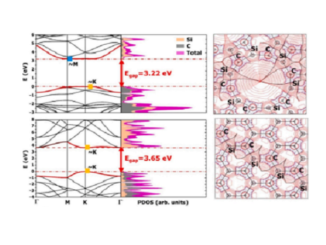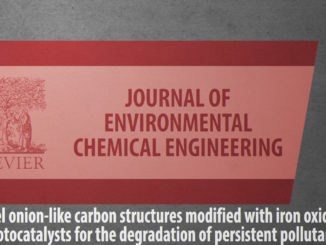
HERisk: An improved spatio-temporal human health risks assessment software
Abstract: Risk assessment is considered an essential tool to assist in the management and mitigation of polluted areas, especially those associated with economic activities that significantly degrade the environment, such as mining. However, most of the methodologies of risk assessment adopt the deterministic approach of using a fixed value for ascertaining the hazards derived from exposure to chemical pollutants. However, this is not the case of the Human, Ecological and Radiological Risk (HERisk) code, which allows space-time assessments of ecological, radiological, and human health risks. Indeed, this work aims to describe this new software (enhanced version of HHRISK), which not only improves the performance of the code but also increases its applicability and versatility. To showcase its usefulness in evaluating ecological pollution and human health risk were studied the contents of potentially toxic elements (Co, Cu, Fe, Mn, Ni, Pb, and Zn) in soils and surface waters from the nickel mining area in the municipality of Itagibá (Bahia, Brazil). The obtained results showed that metals are non-homogeneous distributed, suggesting the presence of local enrichment sources, mainly related to human activities. The statistical analyses carried out revealed that mining and agricultural activities are possibly responsible for the contents of these pollutants in both soils and surface waters. The calculated ecological indices of pollution confirmed anthropogenic pollution around the mining area, especially in the locations closest to sterile waste piles. The results of the human health risk assessment revealed that the ingestion of meat and contaminated water are the main routes for entering the potentially toxic elements to the human body and that Co is the chemical specie that poses the highest risk in the entire region. The hazard index (HI) values indicated that the whole area around the mine should be considered as a high risk for human health.
Author(s): Neris, J.B.; Olivares, D.M.M.; Santana, C.S.; Emenike, C.P.G.; Velasco, F.G.; Andrade, S.F.R.; Paranhos, C.M.
Science of The Total Environment
Published: 10 June 2021, Volume 772, 145044
DOI: https://doi.org/10.1016/j.scitotenv.2021.145044
CDMF
The CDMF, hosted at the Federal University of São Carlos (UFSCar), is one of the Research, Innovation and Dissemination Centers (RIDC) supported by the São Paulo State Research Support Foundation (Fapesp), and also receives investment from the National Council Scientific and Technological Development (CNPq), from the National Institute of Science and Technology of Materials in Nanotechnology (INCTMN).




